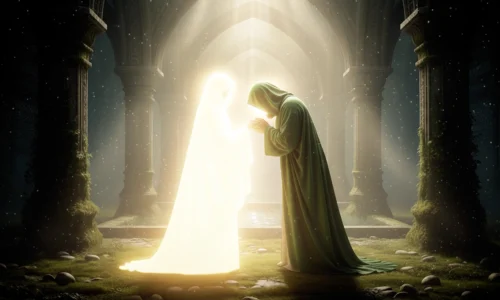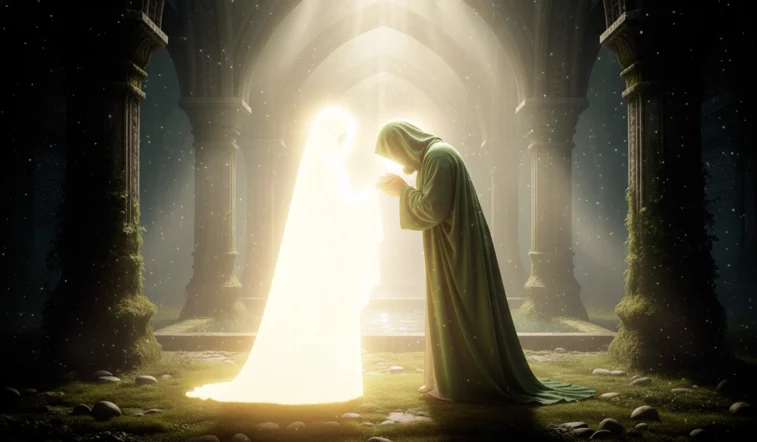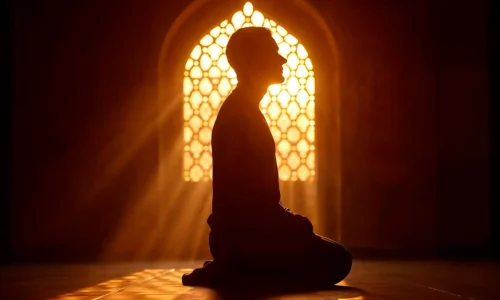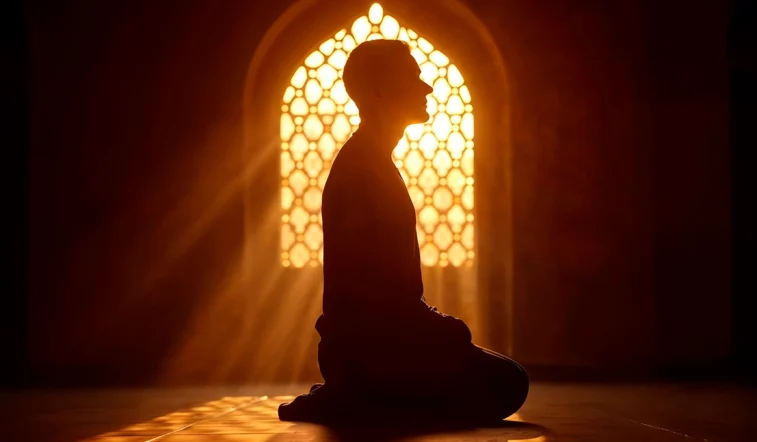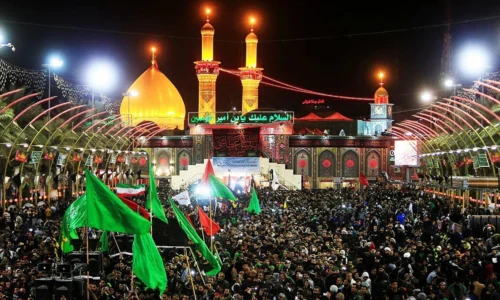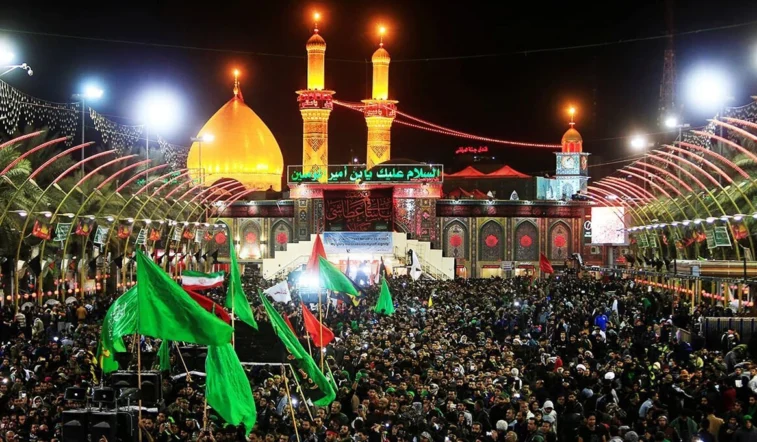Unveiling the divine signs, hidden lineage, and miraculous circumstances surrounding the birth of the Awaited Savior.
The birth of Imam Mahdi (Peace be upon him)—the twelfth and final Imam in the line of Shi’a Imamate—is not just a historical event, but a deeply spiritual and symbolic moment in the divine plan for humanity. Born into secrecy, foretold in sacred texts, and destined for global justice, his birth contains layers of mystery, meaning, and miracle.
This article explores the amazing and meaningful facts about his birth, his parents and lineage, and the extraordinary conditions that marked his arrival into the world.
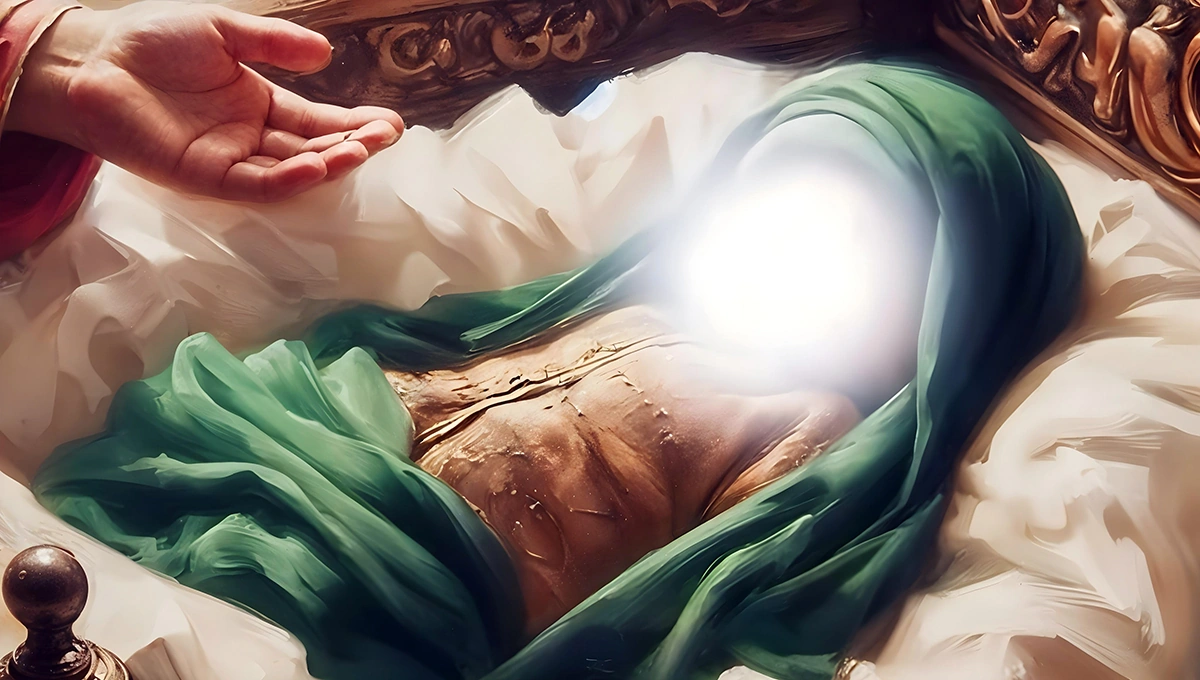
1. Born into Secrecy and Protection
Imam Mahdi (Peace be upon him), whose name is Muhammad ibn al-Hasan, was born on the 15th of Sha’ban, 255 AH (869 CE) in Samarra, Iraq. His birth was kept a well-guarded secret due to intense political persecution by the Abbasid Caliphate, which feared the rise of a messianic figure who would challenge their corrupt rule.
The Abbasids actively searched for the awaited son of Imam Hasan al-Askari (Peace be upon him), placing spies even among the women of the household to ensure no child was born. However, God’s will prevailed—his birth occurred in divine secrecy, and he remained hidden from the eyes of the oppressors.
2. His Noble Father: Imam Hasan al-Askari (Peace be upon him)
The father of Imam Mahdi was Imam Hasan al-Askari, the 11th Imam of the Ahl al-Bayt. Known for his deep knowledge, patience, and piety, Imam Hasan lived under constant surveillance in Samarra, essentially in house arrest by the Abbasids. Despite this, he continued to lead the Shi’a community discreetly.
He was known for preparing the community for the occultation (ghaybah) of his son, the Mahdi, and kept his birth known only to a few trusted companions. Among them was Hakima Khatoon, the sister of Imam al-Hadi and aunt to Imam Hasan, who became a witness to this blessed event.
3. His Blessed Mother: Lady Narjis (Peace be upon her)
The mother of Imam Mahdi is Narjis (or Nargis) Khatun, a woman of extraordinary spiritual and noble background. According to Shi’a sources and historical narrations, she was a descendant of the Roman Emperor—from the family of Caesar—and a Christian who embraced Islam through divine dreams and guidance.
Narjis was not an ordinary servant, but a princess of Roman royal blood, whose journey to Islam is filled with miraculous signs. She was seen in visions by Imam Ali al-Hadi (Peace be upon him), who arranged her eventual union with his son, Imam Hasan al-Askari.
The spiritual symbolism is clear: from the line of Rome and Christianity, Narjis gave birth to the universal savior of Islam, building a symbolic bridge between faiths.
4. A Miraculous Birth Witnessed by a Chosen Woman
The only person present at the time of his birth was Lady Hakima, the aunt of Imam Hasan al-Askari. According to narrations:
“That night, I stayed awake in anticipation. When dawn approached, Narjis showed no signs of labor. I became worried, but Imam Hasan al-Askari reassured me, saying: ‘The matter is in God’s hands.’ Moments later, the blessed child was born—prostrating, with his fingers raised toward the sky, whispering praises of Allah.”
This miraculous birth was further proof of the divine nature of his mission. The newborn immediately demonstrated signs of spiritual awareness and divine favor.
5. A Birth Prophesied and Awaited
The birth of Imam Mahdi was foretold in many Islamic narrations, some of which trace back to the Prophet Muhammad (PBUH), who said:
“Even if there remains only one day before the end of the world, God will raise from my progeny a man whose name is my name… He will fill the earth with justice as it was filled with oppression.”
~(Musnad Ahmad, Sunan Abu Dawood)
This prophecy was known widely, even outside the Shi’a tradition, which is why the ruling Abbasids kept such a close watch on Imam Hasan al-Askari’s household.
6. Born on a Night of Blessing
The 15th of Sha’ban, the night of Imam Mahdi’s birth, is considered a highly blessed night in Islam. It is known as Laylat al-Bara’ah—the Night of Freedom—and is filled with mercy, forgiveness, and divine decrees. The fact that Imam Mahdi was born on this night further emphasizes his role as a source of mercy and liberation for mankind.
7. His Occultation: Concealed from Enemies, Protected by God
Soon after his birth, Imam Mahdi (Peace be upon him) entered the Minor Occultation (Ghaybat al-Sughra). During this time, he communicated through four appointed deputies, maintaining his connection with the Shi’a community while remaining hidden from enemy forces.
This occultation was not escape or absence—it was a divinely ordained strategy to preserve the life of God’s final proof (Hujjah) until the time of his global mission.
8. Spiritual Symbolism and Prophetic Echoes
The conditions of Imam Mahdi’s birth resemble those of Prophet Moses (AS)—born in secrecy, pursued by a tyrant, and protected by divine will. His lineage unites both Arab and Roman (Byzantine) bloodlines, signaling a universal role beyond one tribe or nation.
His hidden birth reflects the hidden truth of many divine matters: not always seen, but always real—awaiting the right moment to rise.
Conclusion: A Birth of Light in the Time of Darkness
The birth of Imam Mahdi (Peace be upon him) is not just a Shi’a belief—it is a universal promise, deeply rooted in Islamic teachings, with reflections in Christian prophecy and spiritual symbolism. His coming was foretold, protected, and perfectly timed by God. And though the world may not yet see him, the light of his existence continues to guide those who await justice, peace, and the final victory of truth.
“May Allah bless our master, al-Hujjat ibn al-Hasan. May we live to see the day when he rises and fills the earth with light as it was filled with darkness.”
